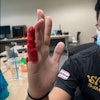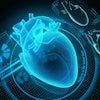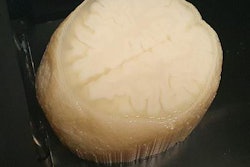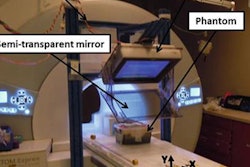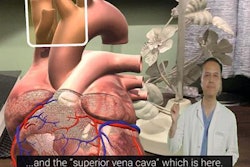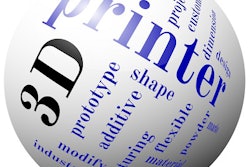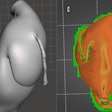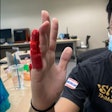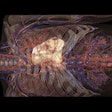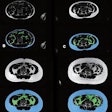Dear Advanced Visualization Insider,
3D printing continues to demonstrate its versatility in healthcare as more medical imaging professionals make increasingly effective use of the technology.
In a new study, researchers from the U.K. and Sweden presented their method for creating a realistic 3D-printed brain model from MR images. They also addressed how the model could help increase the viability of using CT segmentation to enhance the evaluation of neurological disorders.
The integration of augmented reality (AR) into medical practice has made notable advances recently as well. Experts on the subject from Switzerland, Germany, and the U.S. outlined the most popular clinical applications of AR in orthopedic surgery in a recent article. They suggested that the technology has the potential to lower operating times, reduce surgical risks, and improve accuracy for image-guided procedures.
Exemplifying this belief, radiologists from Imperial College London in the U.K. have already begun using AR to simulate interventional radiology procedures such as CT-guided needle biopsy. A separate group from the U.K. also created two AR smartphone applications that enable patients to assess and understand their heart health directly from their phones.
The Advanced Visualization Community has numerous other stories covering a wide range of topics, including the following news items:
- An international team of researchers is using medical imaging data and computational modeling to generate a personalized virtual 3D heart model, or "digital twin," for physicians and patients to examine.
- In light of the ongoing coronavirus pandemic, several 3D printing companies have started producing 3D-printed medical supplies, such as respiratory valves, to help meet growing demands.
As always, please reach out with any questions or suggestions for topics you would like to see covered in the future.

